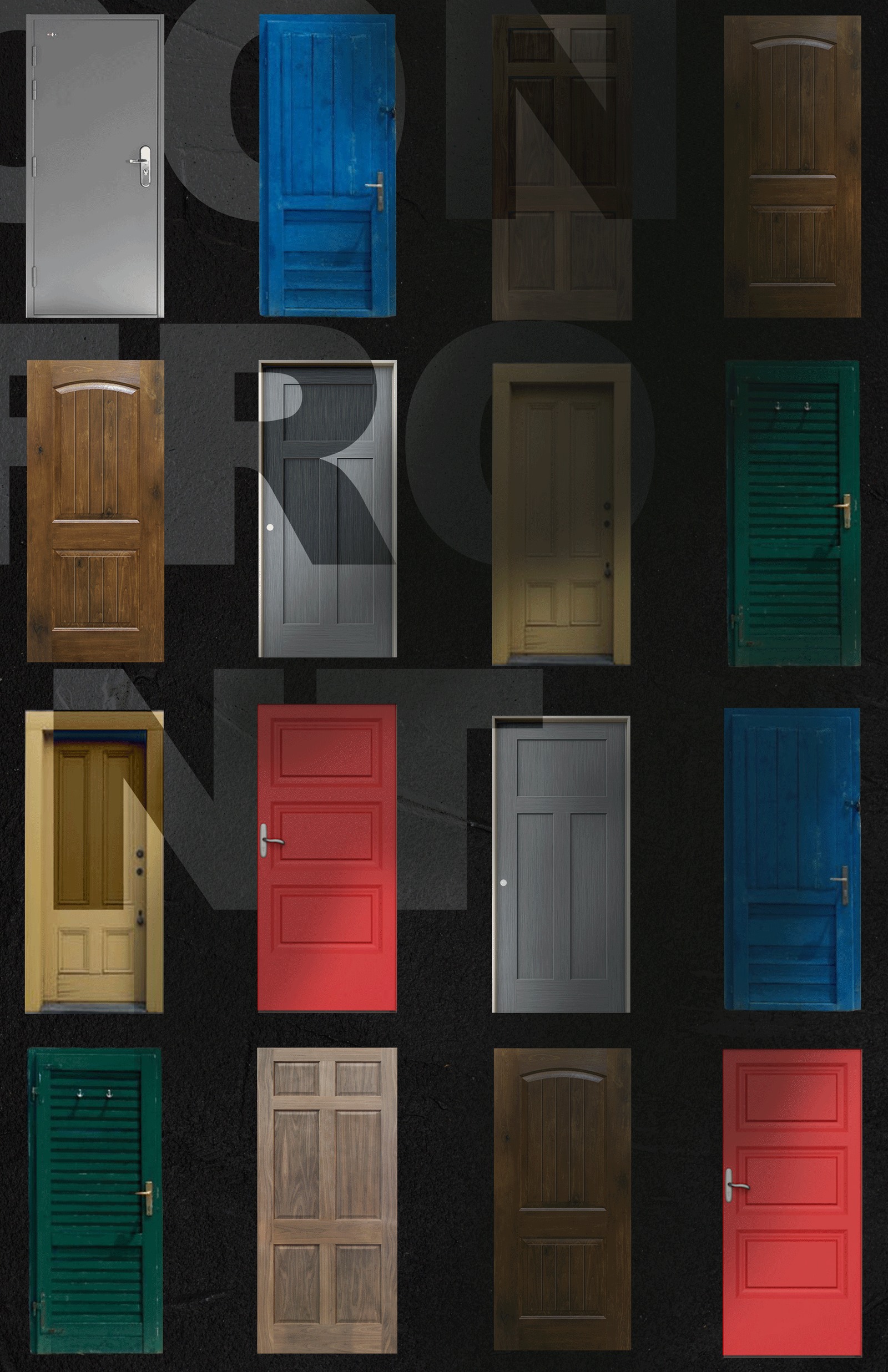Where are we now?
I have chosen action verbs that are related to my thesis topic to experiment as a response to my argument. These verbs describe the design trend in this era that hides all the complexities, difficulties, and discomfort and its relation to user behavior. Also, these experiments lead me to think about the changes that we experience along with technology development and how it shapes our thinking process and behavior patterns. The list of 10 verbs is to simplify, to expedite, to grow, to value, to accelerate, to resist, to pause, to move, to confront, and to force. These are the highlights of my experimentation.
Back to projects
I have chosen action verbs that are related to my thesis topic to experiment as a response to my argument. These verbs describe the design trend in this era that hides all the complexities, difficulties, and discomfort and its relation to user behavior. Also, these experiments lead me to think about the changes that we experience along with technology development and how it shapes our thinking process and behavior patterns. The list of 10 verbs is to simplify, to expedite, to grow, to value, to accelerate, to resist, to pause, to move, to confront, and to force. These are the highlights of my experimentation.
Back to projects
To simplify
This project attempted to show the difference between experiences in digital and physical spaces through the medium of thread. The square represents a screen and thread represents experience. Our interaction in digital space is simplified as if we create the same image easily with the stamp. However, as easy as or as simple as creating an image, everyone's experience is uniform in that space. This work led me to think about what are the limitations and characteristics of digital interface and what are the frictions resulting from it.
This project attempted to show the difference between experiences in digital and physical spaces through the medium of thread. The square represents a screen and thread represents experience. Our interaction in digital space is simplified as if we create the same image easily with the stamp. However, as easy as or as simple as creating an image, everyone's experience is uniform in that space. This work led me to think about what are the limitations and characteristics of digital interface and what are the frictions resulting from it.
To expedite
This video shows grocery shopping done in two different ways. We can easily think that ordering groceries through an app expedites the task but in this case, my actual shopping time at the Whole Foods Market was faster than ordering on the app including travel. This comparison exercise brings up the value of efficiency and convenience.
This video shows grocery shopping done in two different ways. We can easily think that ordering groceries through an app expedites the task but in this case, my actual shopping time at the Whole Foods Market was faster than ordering on the app including travel. This comparison exercise brings up the value of efficiency and convenience.
To resist
In the physical world as well as in the digital one, we need the energy to overcome the resistance created by an obstacle. The gap between technological advancement and adaptation
may lead to new resistance where users need more energy to embrace discomfort from the gap.
In the physical world as well as in the digital one, we need the energy to overcome the resistance created by an obstacle. The gap between technological advancement and adaptation
may lead to new resistance where users need more energy to embrace discomfort from the gap.
To confront
This is a response to a phenomenon where the role of the user becomes passive due to the frictionless design. A frictionless design forces the user to be comfortably passive. Decisions are often made by the designer rather than by the user. This lack of decision making by ourselves leads us to feel uncomfortable because, as Don Norman writes (1998), we consequently feel out of control and we do not know how to respond, how to deal with an unexpected result or a mistake. This work is about the user who hesitates to open the door and slowly loses one’s ability to think critically.
This is a response to a phenomenon where the role of the user becomes passive due to the frictionless design. A frictionless design forces the user to be comfortably passive. Decisions are often made by the designer rather than by the user. This lack of decision making by ourselves leads us to feel uncomfortable because, as Don Norman writes (1998), we consequently feel out of control and we do not know how to respond, how to deal with an unexpected result or a mistake. This work is about the user who hesitates to open the door and slowly loses one’s ability to think critically.

